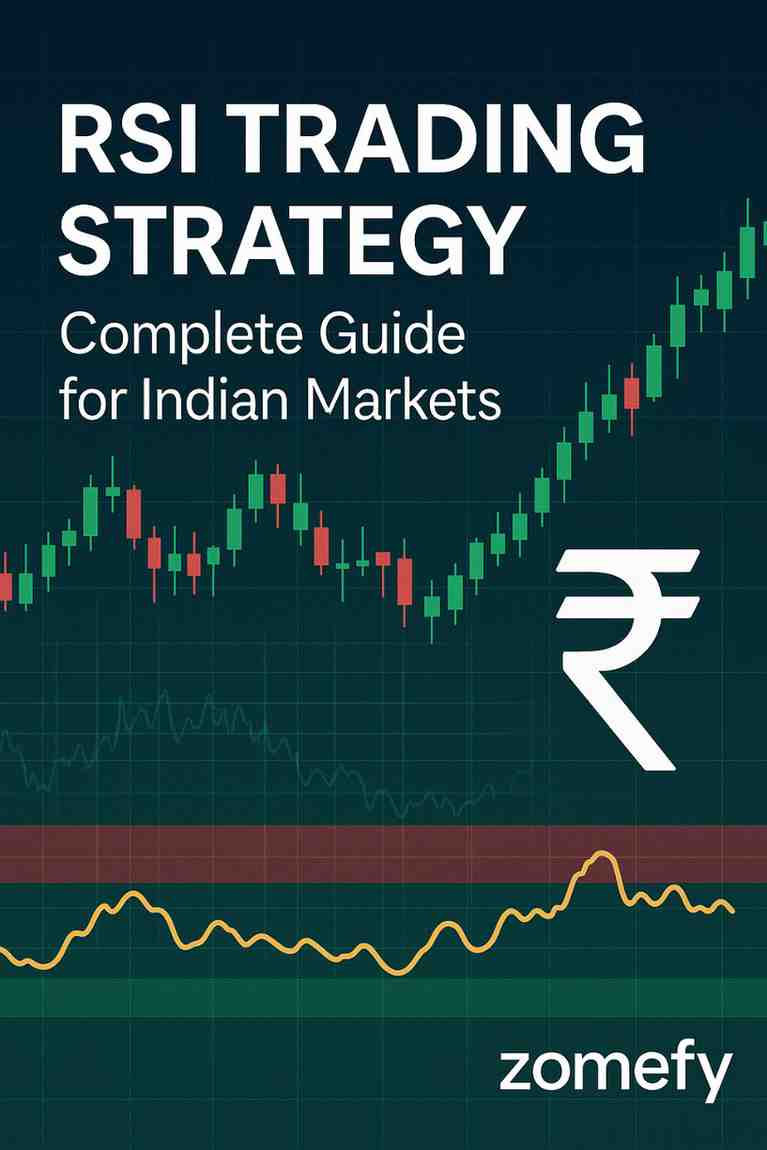Multiple Timeframe Analysis: Professional Trading Strategy for Indian Markets
Master multiple timeframe analysis for professional trading in Indian markets. Learn top-down analysis, timeframe confluence, and advanced strategies using NSE and BSE stocks.
Multiple Timeframe Analysis: Professional Trading Strategy for Indian Markets
What You Can Do Next
- Read the full article for complete insights
- Save for later reference
- Share with others learning about this topic
Image not available
Multiple timeframe analysis is the cornerstone of professional trading, providing a comprehensive view of market structure across different time horizons. This advanced technique allows traders to align their entries with the dominant trend while optimizing their timing for maximum probability trades. In Indian markets, where multiple timeframes often show conflicting signals, mastering this approach becomes crucial for consistent profitability. This comprehensive guide covers top-down analysis, timeframe confluence, market structure analysis, and practical implementation strategies using real Indian market examples.
Understanding Multiple Timeframe Analysis
Timeframe Selection
Trend Identification Across Timeframes
Top-Down Analysis Framework
Monthly and Weekly Analysis
Daily Chart Analysis
Timeframe Confluence Strategies
Support and Resistance Confluence
Trend Confluence Analysis
Market Structure Analysis
Break of Structure (BOS)
Change of Character (CHoCH)
Advanced Confluence Techniques
Indicator Confluence
Pattern Confluence
Practical Implementation
Trading Rules by Timeframe
Risk Management Across Timeframes
Conclusion
Continue Your Investment Journey
Discover more insights that match your interests

Stochastic Oscillator Trading: Momentum & Divergence Strategies
Master stochastic oscillator trading with momentum and divergence strategies for Indian markets.

Moving Average Crossover Strategies 2025: Mastering SMA & EMA for Reliable Trend Following in Indian Markets
In the dynamic landscape of Indian financial markets, mastering technical tools for reliable trend identification is crucial for retail investors and financial professionals alike.

RSI Trading Strategy: Complete Guide for Indian Markets
Complete guide to RSI trading strategy with practical examples, backtesting results, and risk management for Indian stocks.

Volume Analysis Trading: OBV, VWAP & Institutional Activity in Indian Markets
Master volume analysis trading with OBV, VWAP, and institutional activity detection for Indian markets.
Explore More Insights
Continue your financial education journey
